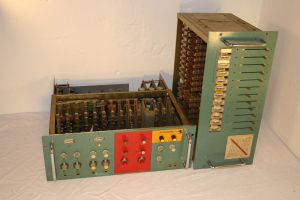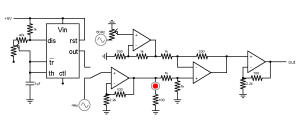See that wound? It’s where the shrieking things got me first. No, go on. Don’t be afraid. Continue; there is much blood to take. A well becoming a geyser. Today they shriek no more. Our humble fabric tent is safe from the abominations, my child. Another day like this may not come for a long while, so be my guest and partake of myself.
Do you want to hear the story again? Just nod your head, child.
We once lived in the modern world, with all of its bleeping and buzzing. It enchanted us, and we barely stood on our feet in the daylight, we were so shaken with wonder. So many circuits and strange little noises; we delighted ourselves, tinkering with component parts. We even kept a modest log to encapsulate our joy, though I hardly remember the details now. We were in love with the world.
Then the night-terrors came. As we slept , our friendly noises emerged in a new darkness. Their solders were grafted flesh, and our beautiful tones had morphed into that… that unbelievable shrieking. Every night, they came a bit closer, transistors and wires poised for attack. We had created monsters, so pitiful and yet so aggressive.
We have stayed here in our chamber, only exiting to find meager scraps of food, for so long, I can hardly even remember the details of its construction. Regardless, I am tired, and my old bones are shaking. Let me slumber, but continue sating your thirst as long as you fancy.











